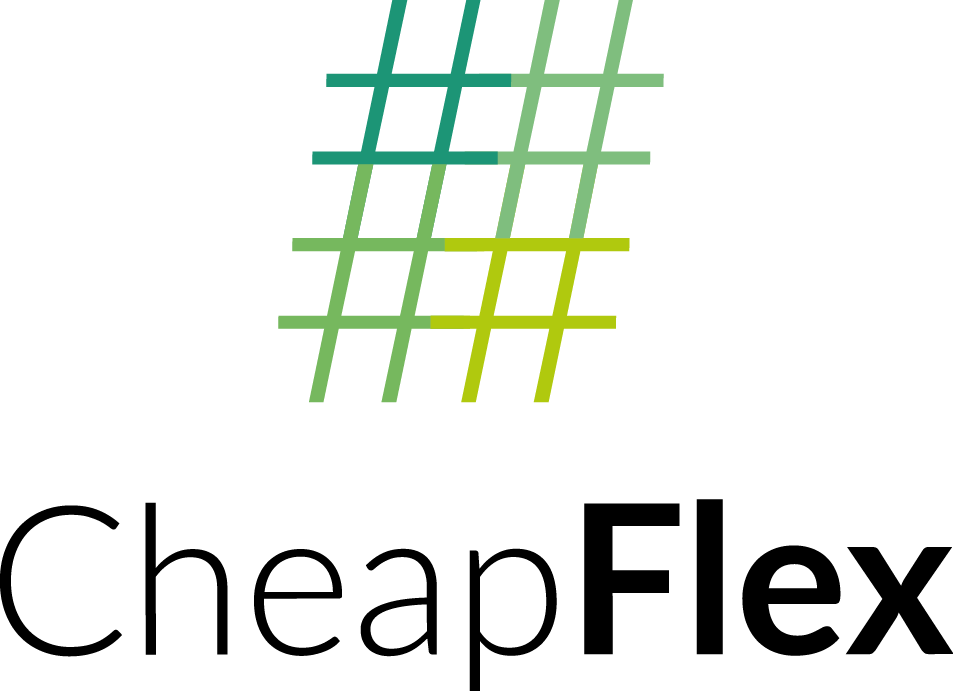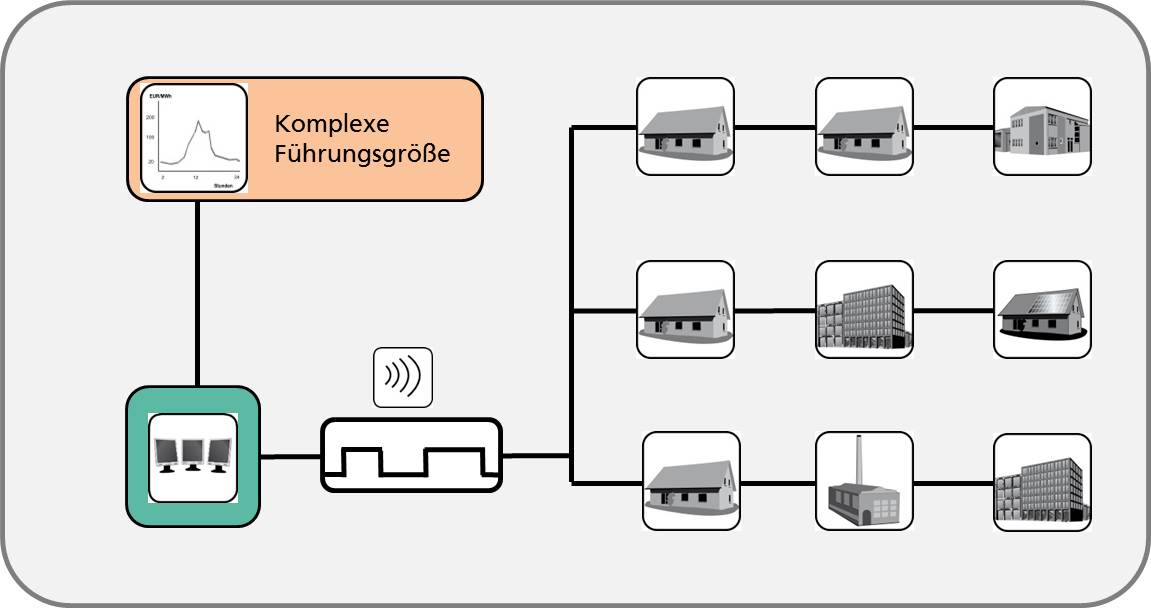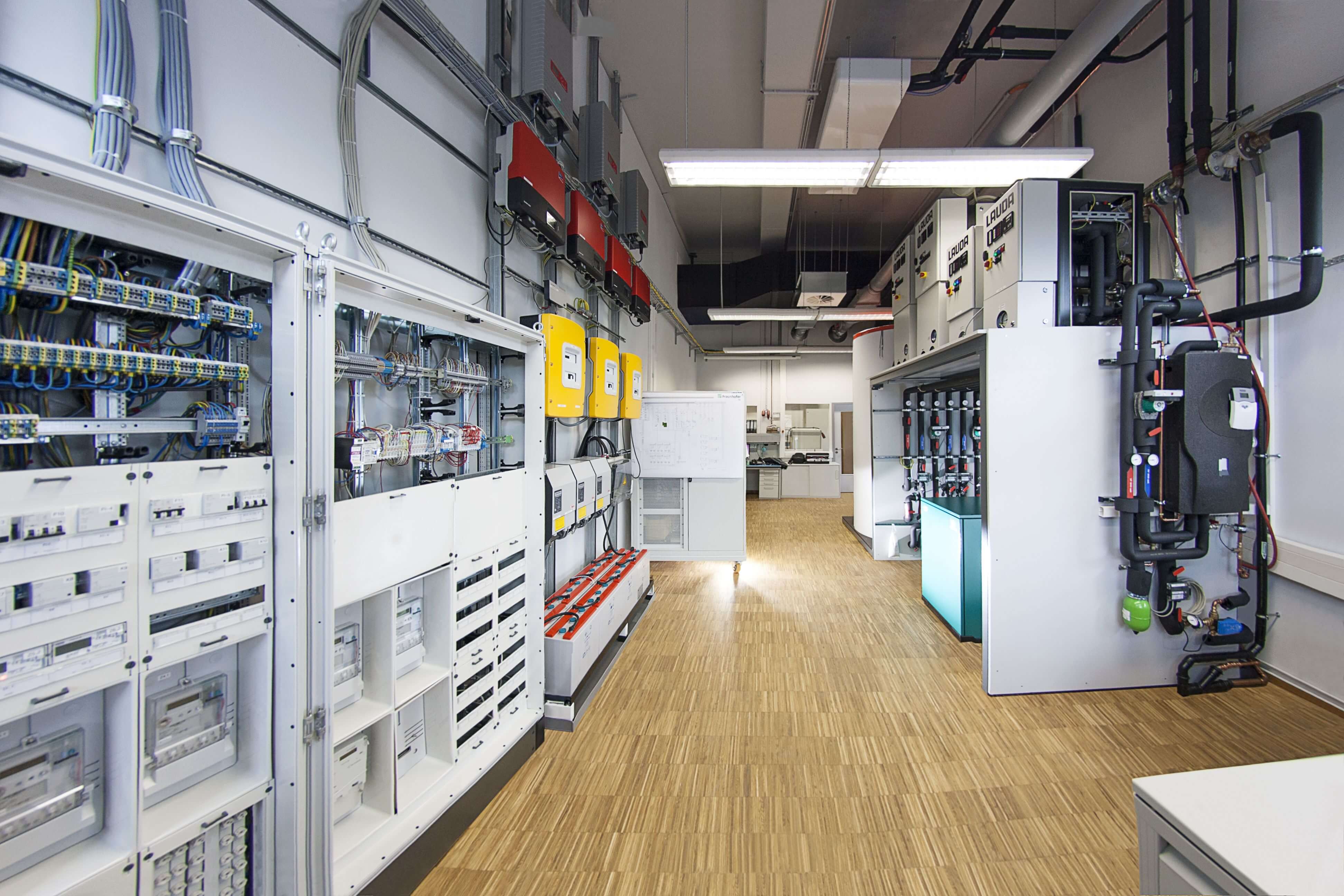| Duration: | May 2015 - October 2017 |
| Contracting Authority/ Sponsors: | German Federal Ministry of Economic Affairs and Energy (BMWi) |
| Project Partners: | Swistec GmbH, Technische Universität Kaiserslautern, Stadtwerke Ahaus |
| Project Focus: |
Cheap Flex – Development of a Cost-Efficient Smart Grid Communication System Based on Ripple Control
In addition to expanding electrical grids and storage capacity, the flexible control of load and generation units is a necessary requirement for a cost-efficient transformation of the German energy system. Up to now the Smart Grid concept failed at the distribution grid level due to excessively high prices for smart metering systems. Since the BSI debate, these are not an affordable option for small systems on the medium-term. The innovative use of ripple control, an established component in today’s network control technology, enables the core functions of the Smart Grid concept to be implemented both inexpensively and promptly, in much the same manner used in the feed-in management of PV systems today. In the research project CheapFlex, a non-discriminatory dynamic tariffing based on rate switching schedules is implemented rather than the fixed switching schedule for high / low tariffs and off-times typically used by the individual distribution grid operators today.
The proposed use of the ripple control technology for effecting dynamic tariffing, therefore, is appropriate for both the Smart Market and the Smart Grid concepts:
- In normal operation, the end user and the decentral supplier automatically react to dynamic incentives and thus contribute to a system-friendly behavior.
- In emergency and extreme situations, the grid management can intervene in the normal operation (up to acts of direct controlling).
In the CheapFlex project, the flexibility potential of the proposed concept is first investigated by means of computer simulation. The feasibility is proven on the basis of functioning systems in the field. The developed algorithm, whose job it is to match the operational management with the tariff switching times, is implemented into an EMS energy management gateway as prototype, which is then used to operate a CHP. This work is carried out at the SmartEnergyLab of Fraunhofer ISE. The Hardware-in-the-Loop simulation in ISE’s SmartEnergyLab ensures the development of an efficient and stable algorithm, thus guaranteeing the success of the prototype. Finally, the prototype will be built into the grid of Stadtwerke Ahaus and tested in the field by customers with controllable load and generating units.


